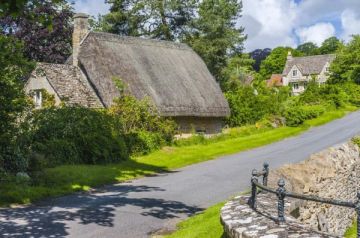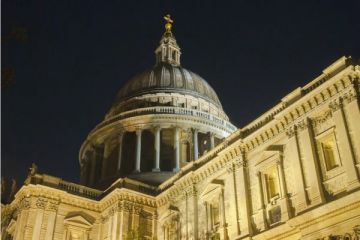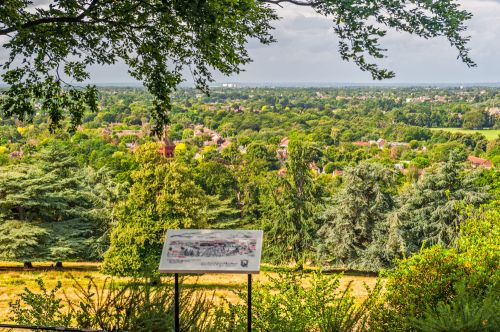
An A-Z of parks and gardens to visit in London. See also Parks and Gardens in Central London.
Battersea Park, SW11
This park by the river has sub-tropical and wildflower gardens, a deer park, a miniature railway for children, and a small zoo.
Bushy Park
The double-row of enormous chestnut trees planted by Sir Christopher Wren strike the only formal note in the otherwise delightfully informal Bushy Park. Langford River, in the park, was built by order of Charles I as a source of water for Hampton Court.
Crystal Palace Park, SE19
The 200-acre park is named after the iron and glass exhibition hall built for the Great Exhibition of 1851. The Crystal Palace was moved here in 1854 but burned down in 1936. There are excellent sports facilities in the park.
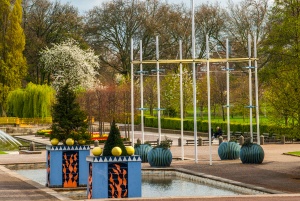
Epping Forest
This 12-mile belt of green is a forlorn remnant of the vast forest which once covered all of southern England. The northern section is thick with trees, punctuated by wide green parkland. There is a sanctuary for black fallow deer, and livestock graze in the woods. There is a museum of the area's natural history in Queen Elizabeth's Hunting Lodge, a half-timbered 15th-century house.
Greenwich Park
Charles II commissioned Andre Le Notre, designer of Versailles, to formalise the hunting park at Greenwich. Much of the treed park is Le Notre's work, but there is also the small Wilderness, home to a herd of fallow deer, and a large play area. The former Royal Observatory is on the western edge of the park, while to the south is Queen's House, and the Old Royal Naval College.
Hampton Court Palace
The gardens of Hampton Court Palace have everything; superb formal gardens of great variety, and open parkland. There is the famous hedge maze, a Tudor knot garden, Rose Garden, Privy Garden, and Herb Garden, to name just a few. Hampton Court is also home to a yearly flower festival.
Holland Park, W8
Until recently this was the private garden of Holland House, there are formal flowerbeds of tulips and roses, yucca and irises. Formal paths give this garden a very businesslike air.
Kew Gardens
Three hundred acres of botanical delights grace Kew Gardens. The gardens were once royal property but opened to the public in 1841. The Palm House is a wonder of glass, and other Victorian greenhouses are home to a vast variety of exotic plants from around the world.
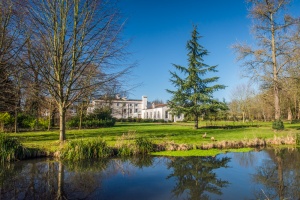
Morden Hall Park
Morden Hall Road, Morden, London SM4 5JD
This oasis in the heart of suburbia covers over 50ha (125 acres) of parkland with the River Wandle meandering through. There is an old Snuff Mill, now an environmental centre and a variety of bridges traversing the river. The park has hay meadows, old estate buildings and an impressive rose garden with over 2000 roses. The workshops house local craftworkers and there is also an independently run garden centre and a city farm. This property is owned by The National Trust.
Osterley Park, Osterley
There are formal gardens around the house at Osterley, designed by Robert Adam, and parkland carefully landscaped to look natural. Over 100 acres of countryside seclusion in the midst of urban London.
Richmond Park
Deer wander through this former royal estate, enclosed by Charles I. King Henry's Mound was built so that Henry could watch the deer being hunted. There are ponds for model boating and angling, and a variety of exotic shrubs and flowers.
Syon Park, Isleworth
Across the Thames from Kew Gardens lies Britain's first gardening centre at Syon Park. The park itself was laid out by Capability Brown, but the centrepiece is the glass Conservatory, with superb tropical plants.
